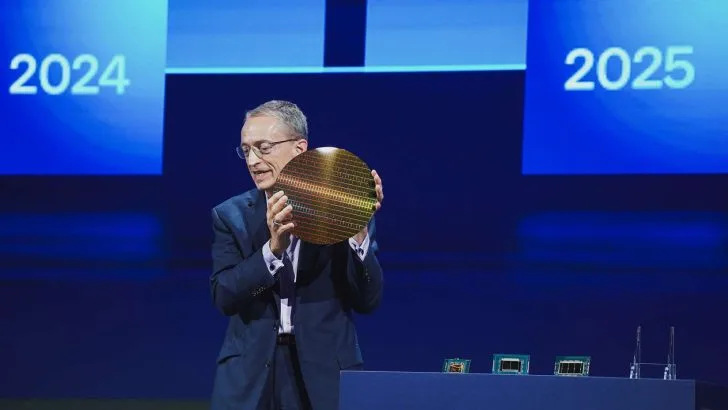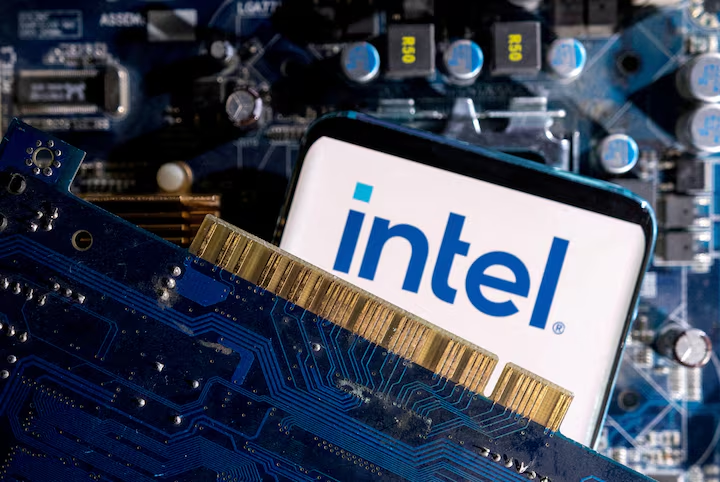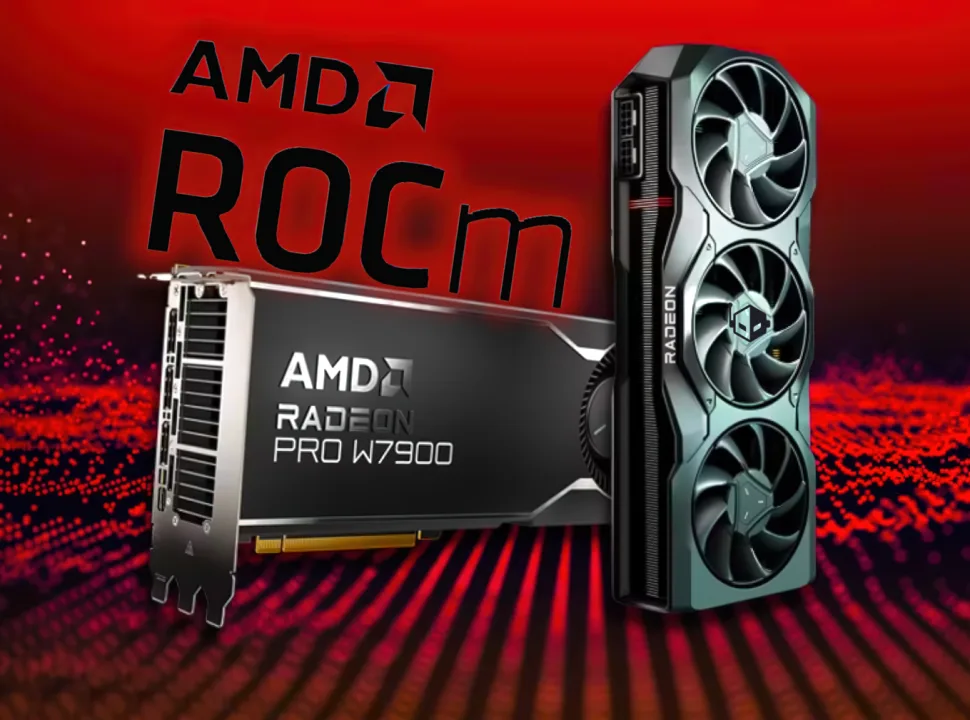Intel, one of the world’s leading semiconductor companies, has announced a significant delay in the opening of its much-anticipated Ohio chip factories. Originally slated for 2025, the launch is now pushed back to the 2030s. These plants were expected to play a crucial role in the company’s expansion and in boosting domestic semiconductor production in the United States.
The delay raises concerns about supply chain disruptions, global competition, and the future of semiconductor manufacturing in the U.S. Meanwhile, other major players, such as chip designer Arm, are expanding their footprint in regions like Malaysia. What led to this delay, and how will it impact the broader semiconductor industry? Let’s explore.
Table of Contents
The Importance of Intel’s Ohio Chip Plants
Intel’s planned $20 billion semiconductor manufacturing hub in Ohio was a key part of the company’s efforts to regain its leadership in chip production. Dubbed the “Silicon Heartland,” the project was expected to create thousands of jobs and strengthen the U.S. supply chain for advanced semiconductors.
These plants were intended to produce cutting-edge chips for AI, cloud computing, and other high-tech industries, reducing America’s reliance on Asian manufacturers. The U.S. government also backed the project through the CHIPS and Science Act, which aims to revitalize domestic semiconductor manufacturing.
Why Intel is Delaying the Ohio Chip Factories
Several factors contributed to Intel’s decision to postpone the Ohio project:
1. Market Uncertainty and Demand Fluctuations
The semiconductor industry has faced sharp demand swings in recent years. During the pandemic, demand for chips surged due to increased reliance on digital technology. However, as economies reopened, demand cooled, leading to excess supply and declining chip prices. This market instability has forced companies like Intel to rethink large-scale investments.
2. Supply Chain and Economic Challenges
Building a semiconductor fabrication plant (fab) requires significant resources, including raw materials, skilled labor, and advanced equipment. Global supply chain disruptions, rising costs, and inflation have made it harder for Intel to meet its initial timeline. The delay allows Intel to reassess its investment strategy while waiting for market conditions to stabilize.
3. Technological Advancements and Competition
The semiconductor industry is evolving rapidly, with companies racing to develop smaller, more efficient chips. Intel faces fierce competition from Taiwan Semiconductor Manufacturing Company (TSMC) and Samsung, both of which are advancing cutting-edge semiconductor technologies. The delay may give Intel more time to refine its technology and ensure its Ohio plants can compete globally.
The Impact of the Delay on the Semiconductor Industry
Intel’s postponement is more than just a company setback—it has broader implications for the global semiconductor industry and U.S. technology ambitions.
1. Setback for U.S. Semiconductor Independence
The U.S. has been pushing for domestic chip manufacturing to reduce reliance on Asia, particularly Taiwan, which dominates the global semiconductor market. Intel’s delay means the country may have to continue depending on overseas suppliers for high-performance chips, leaving it vulnerable to geopolitical tensions and trade disruptions.
2. Economic and Job Market Impact
Intel’s investment in Ohio was projected to create around 3,000 high-tech jobs and 7,000 construction jobs, along with indirect employment opportunities. The delay could slow economic growth in the region and disappoint stakeholders who were counting on the project for economic revitalization.
3. Opportunities for Competitors
With Intel stepping back temporarily, competitors like TSMC and Samsung could further cement their dominance in the semiconductor market. TSMC is already building a massive chip plant in Arizona, while Samsung is expanding its manufacturing footprint in Texas. These moves could give them a competitive edge over Intel in the long run.

Chip Designer Arm Expands to Malaysia
While Intel faces delays, chip designer Arm is making strategic moves in Southeast Asia. The company is setting up a base in Malaysia, signaling its intent to strengthen its presence in the region.
Arm is known for designing energy-efficient chips used in smartphones, AI applications, and cloud computing. Its expansion into Malaysia could bolster the country’s semiconductor ecosystem, attracting investments and talent from global tech giants.
The Future of the Semiconductor Industry
The semiconductor industry is at a pivotal moment, with companies balancing investment risks, geopolitical challenges, and technological advancements. Intel’s delay, while significant, doesn’t mean the company is stepping away from its long-term semiconductor ambitions. Instead, it highlights the complexities of large-scale chip manufacturing.
Conclusion: A Temporary Roadblock or a Strategic Move?
Intel’s decision to push back its Ohio chip plants to the 2030s reflects the current uncertainties in the semiconductor industry. While this delay is a setback for U.S. chip manufacturing, it may also be a strategic move to ensure the project’s long-term success.
Meanwhile, global competitors like TSMC, Samsung, and Arm are pushing forward, reshaping the semiconductor landscape. As the industry evolves, companies will need to navigate economic shifts, technological advancements, and geopolitical factors to stay competitive.
For now, the world watches as Intel recalibrates its strategy, hoping that the Silicon Heartland vision will eventually become a reality.








